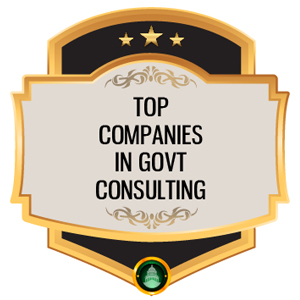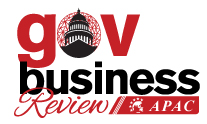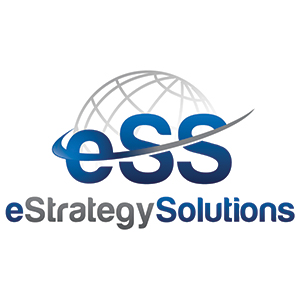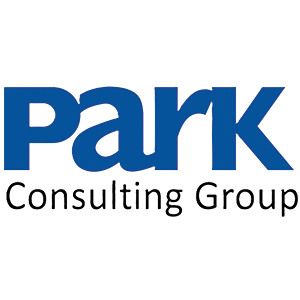Using Artificial Intelligence to Advance Public Administration
Wednesday, November 26, 2025
FREMONT CA: The integration of artificial intelligence (AI) in public administration is revolutionizing how governments manage services, policies, and resources. AI technologies offer significant opportunities to improve the efficiency, transparency, and responsiveness of public sector operations. By automating routine administrative tasks and facilitating data-driven decision-making, AI helps streamline processes and enhance service delivery across different government functions. Recent advancements in algorithms and the rapid growth of data have played a vital role in this evolution. Machine learning algorithms have reached impressive levels of precision and efficiency, enabling AI to tackle increasingly complex tasks. Moreover, the availability of vast amounts of data has provided the necessary foundation for these systems, allowing them to learn, adapt, and continually improve their capabilities.
For governments adopting AI, these technological advances present a significant opportunity to enhance the management of public resources and improve decision-making processes. With the ability to quickly and accurately analyse vast amounts of information, AI enables data-driven strategies that lead to more efficient governance. By streamlining operations, AI can help public institutions provide better services while reducing operational costs.
The global AI market is witnessing significant growth, signalling its increasing impact across industries. The integration of AI into governance modernises government operations and also holds the potential to boost productivity substantially. As AI automates routine tasks and analyses large datasets, it can improve operational efficiency, allowing governments to offer enhanced services with fewer resources. This increased productivity enables governments to meet growing demands while optimising resource allocation. The economic impact of AI extends beyond just operational benefits; it offers a pathway for governments to deliver more value to citizens without requiring significant increases in investment.
The convergence of algorithmic advancements, data proliferation, and market growth forecasts suggests that AI is poised to play a transformative role in public administration globally. By modernising government processes, AI facilitates the shift toward smarter, more efficient governance models, helping governments worldwide better meet the needs of their citizens while navigating increasingly complex challenges.
Trends in the Application of AI in Public Administration
Automation of Government Operations: AI is being leveraged to optimise government operations by automating routine tasks and improving service delivery to citizens. Most current AI applications in government focus on incremental improvements rather than radical changes. The benefits of AI include predictive analysis, demand forecasting, early warning detection, and public policy analysis, which can significantly enhance decision-making processes.
Sustainability and Green Development: Governments are increasingly integrating AI to foster sustainability in both internal operations and external initiatives. AI aids in developing green products and services while improving the sustainability of public assets such as fleets, buildings, and supply chains. These efforts contribute to broader environmental goals and promote eco-friendly practices in the public sector.
Modernisation of Digital Infrastructure: Modernising digital infrastructure is crucial for governments to better serve citizens. AI is central to transforming public administration by enhancing data management, digital services, and technology integration. Governments are focusing on developing a multifaceted approach to leveraging digital tools and technologies to improve operational efficiency and responsiveness to citizens' needs.
Public Servant Experience: Governments are prioritising initiatives such as cloud migration, application modernisation, and network security improvements to enhance the public servant experience. A significant percentage of government officials view AI and machine learning as crucial for selecting cloud services, demonstrating the growing importance of AI in improving government operations and service delivery.
Cybersecurity and Digital Sovereignty: With the increasing risk of cyberattacks, governments are turning to AI to strengthen cybersecurity measures and safeguard digital sovereignty. Efforts are focused on securing supply chains, ensuring data protection, and modernising infrastructure. AI is applied to help detect vulnerabilities and automate responses, improving overall cybersecurity frameworks.
Enhancing Citizen Experience: AI is also being used to improve the citizen experience by streamlining service delivery. Governments are integrating AI analytics, automation, and data integration to create more efficient and responsive systems. These efforts aim to enhance the accessibility, speed, and quality of public services for citizens.
Smart Infrastructure Management: AI is helping manage complex infrastructure systems, particularly in areas like predictive maintenance and smart mobility management. By analysing data in real-time, AI enables public administrations to identify potential failures before they occur, preventing costly disruptions and ensuring the smooth operation of transportation and other critical infrastructures.
With the continuous evolution of AI technologies, including advancements in algorithms, data analysis, and cloud computing, public administration is positioned to meet the growing demands of modern governance. Integrating AI into various sectors, from sustainability to cybersecurity, promises to create a more responsive, transparent, and future-ready public sector that can effectively tackle complex challenges and deliver value to citizens.

















